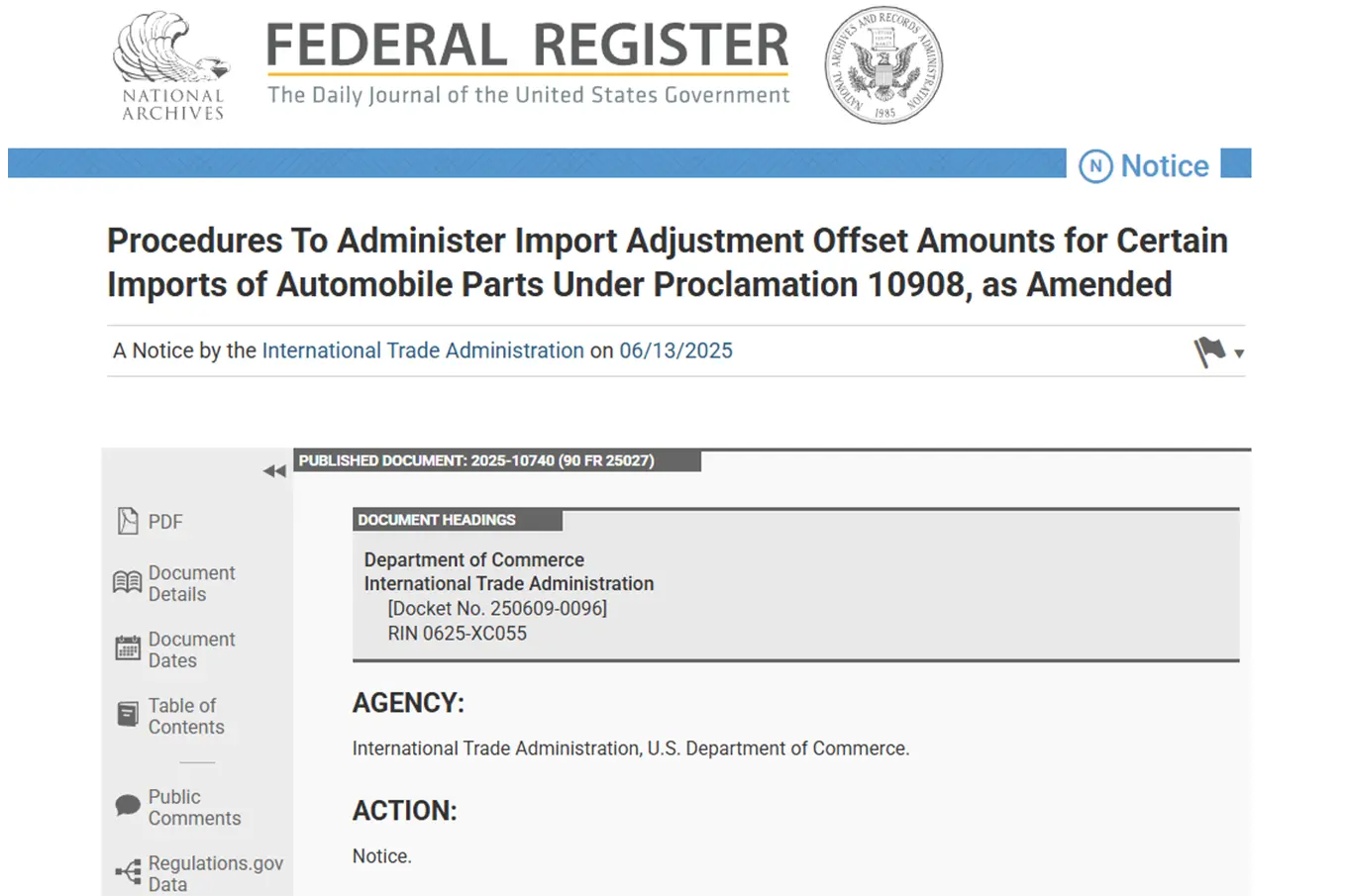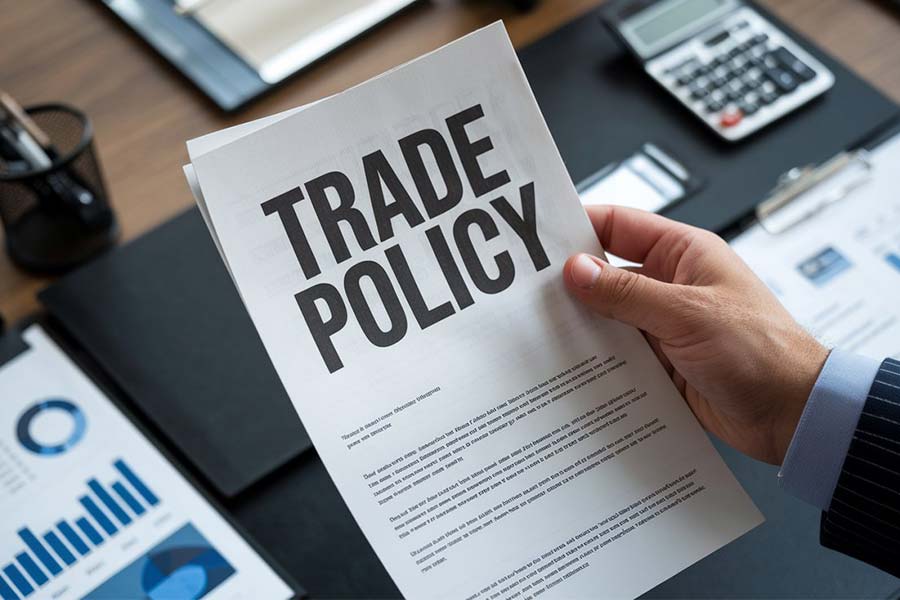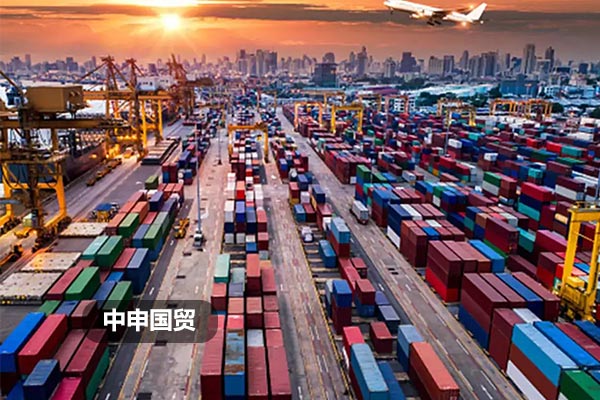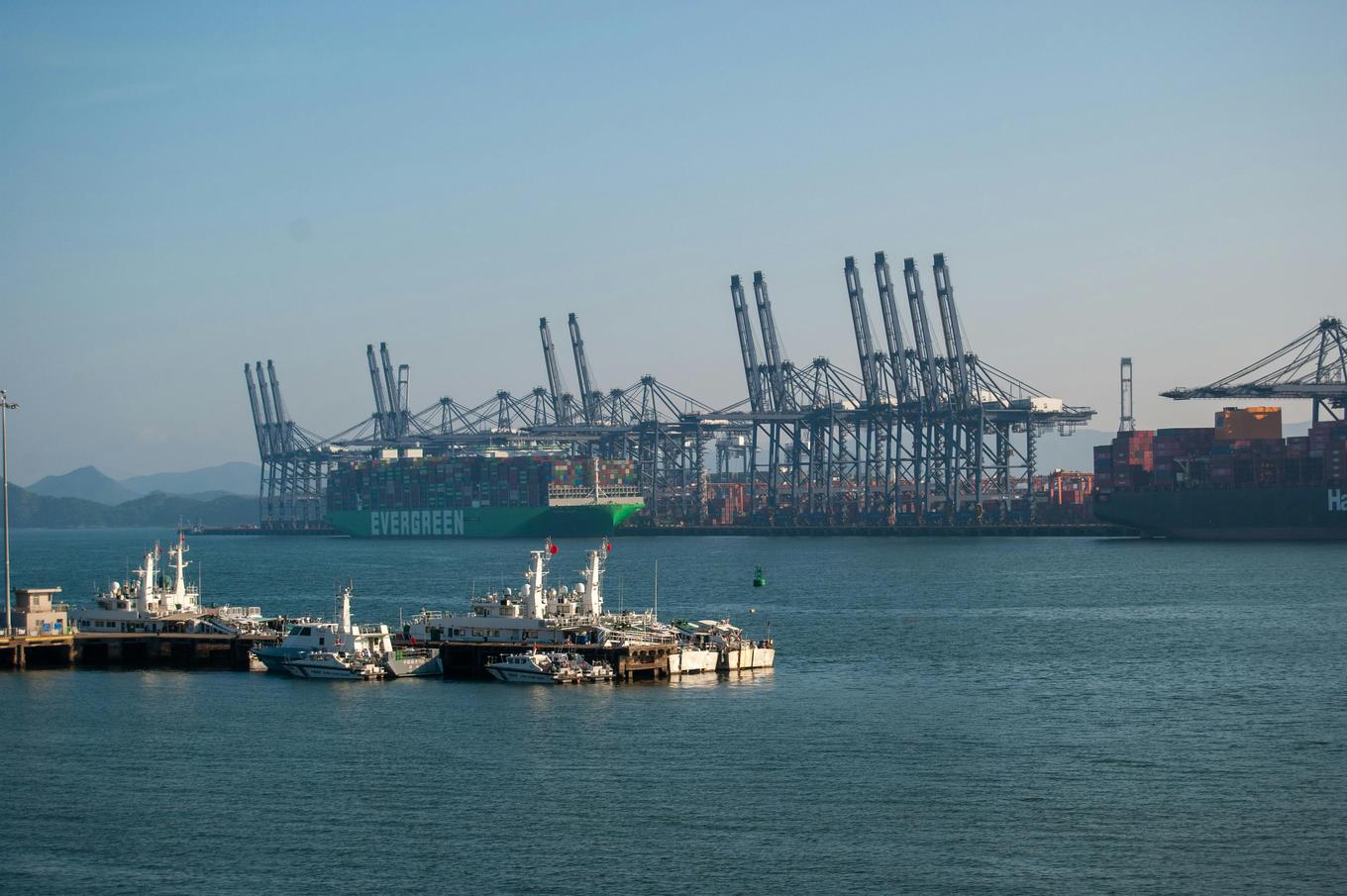- Shanghai Zhongshen International Trade Co., Ltd. - Two decades of trade agency expertise.
- Service Hotline: 139 1787 2118
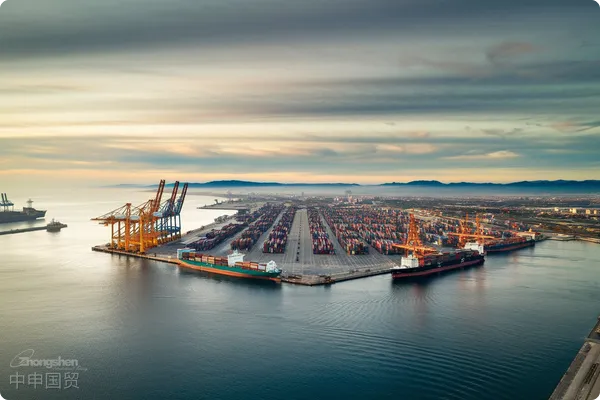
Industry specificEquipment ImportsDemand continues to rise
By Q1 2025, Chinas waste incineration power generation equipment imports grew 23% YoY, with critical equipment accounting for 78%. Specialized equipment like grate-type incinerator cores, semi-dry deacidification towers, and SNCR denitrification systems remain import-dependent due to complex manufacturing. A procurement director at an environmental group revealed: Procurement cycles for imported incinerator hydraulic drive systems have shortened 40% from three years ago, but compliance costs rose 15%.
Analysis of three major customs clearance challenges for equipment imports
Challenge 1: HS code classification disputesFor flue gas treatment modules, rotating atomizers (8525/8424) and activated carbon injection devices (8479/8424) show 20% declaration discrepancy rates. Cases handled by an agency in 2024 showed maximum late declaration fees reaching 9% of cargo value due to misclassification.
Challenge 2: Technical access certification barriersStarting 2025, the new CE certification directive requires additional EN 17003 pressure test reports for incinerator hydraulic systems. EU suppliers often omit embassy legalization for key documents, causing customs delays.
- Typical missing documentation scenarios:
- Pressure vessel design drawings without Hague Apostille (37% occurrence)
- Expired explosion-proof electrical certifications (18% new detection rate in 2025)
Challenge 3: Duty calculation disputesFor split shipments of complete incinerator systems, royalty fees account for 12-25% of goods value. One project paid 3.26 million yuan in back taxes and late fees for undeclared technology royalty payments.
Core value realization path for professional agencies
Leading agencies can save 17-25% in total import costs through trinity service systems:
- Pre-classification system: Establish a database of 6000+ environmental protection equipment with 98.7% HS code matching accuracy
- Pre-qualification mechanism: Coordinate with EU notified bodies 120 days in advance to complete special requirements such as EN 1090 welding certification
- Tax planning model: Utilize WCO classification decision case database to reasonably avoid transfer pricing risks
In-depth analysis of typical service cases
A provincial environmental protection company encountered the following when importing German grate-type incineration systems:
- Equipment module split transportation led to functional identification disputes
- Hydraulic drive unit was mistakenly classified under mechanical transmission category
- Technical documentation did not include equipment installation guidance videos
After professional agency intervention, throughAfter confirming the above tax - calculation elements, tariffs can be calculated through the following formula:+Functional test report+AEO mutual recognition customs clearanceCombined solutions reduced overall customs clearance time to 72 hours and lowered tariff costs by 8.3%
2025 policy trend forecast
According to General Administration of Customs Announcement No. 58, three major changes will occur in waste incineration equipment imports:
- Separate declaration requirement for dioxin detection equipment (effective July, 2025)
- Import restrictions on second-hand flue gas analyzers (implemented in Q3 2025)
- EU suppliers required to provide carbon footprint declaration (mandatory by end of 2025)
Professional agencies have established dynamic monitoring systems that can provide 60-day advance warnings of policy changes, helping importers adjust procurement strategies. Industry research data shows that companies using professional agency services achieved 41% higher equipment import compliance rates and 23% shorter project commissioning cycles.
Related Recommendations
? 2025. All Rights Reserved. Shanghai ICP No. 2023007705-2  PSB Record: Shanghai No.31011502009912
PSB Record: Shanghai No.31011502009912

